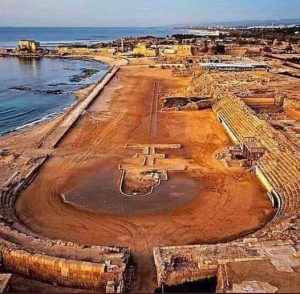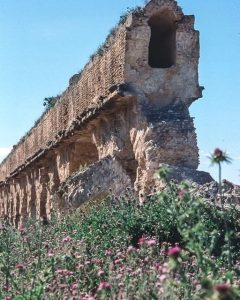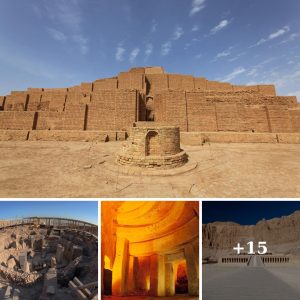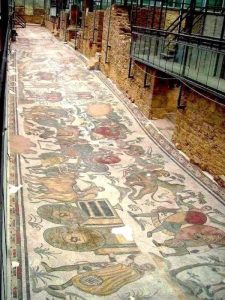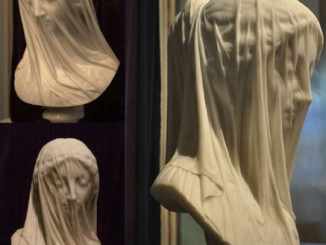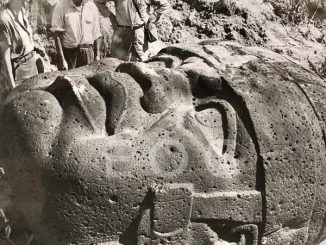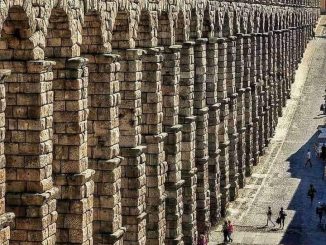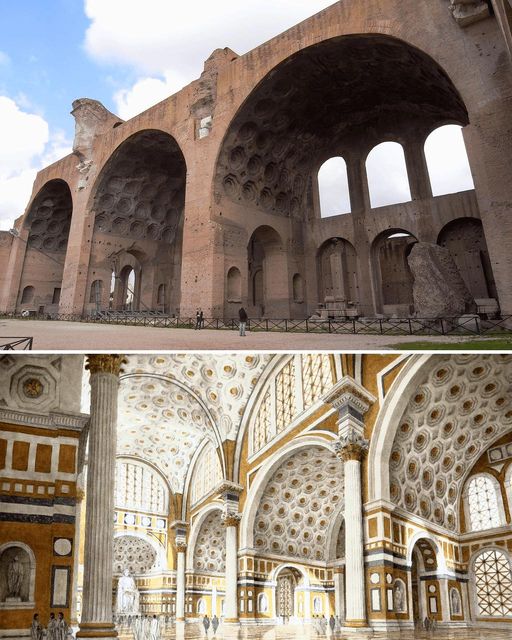
A Glimpse into Ancient Rome
Nestled amidst the historic ruins of the Roman Forum in Rome, Italy, lies a monumental structure that stands as a testament to the grandeur and architectural prowess of ancient Rome. The Basilica of Maxentius and Constantine, built between 308-312 CE, once served as a magnificent civic center and legal hub within the heart of the ancient city. With its towering walls and sprawling dimensions, this basilica was not only the largest building in the Forum but also the last of its kind to be erected in Rome, leaving behind a legacy of imperial grandeur and architectural innovation.
Exploring the Magnificence: The Architecture of the Basilica
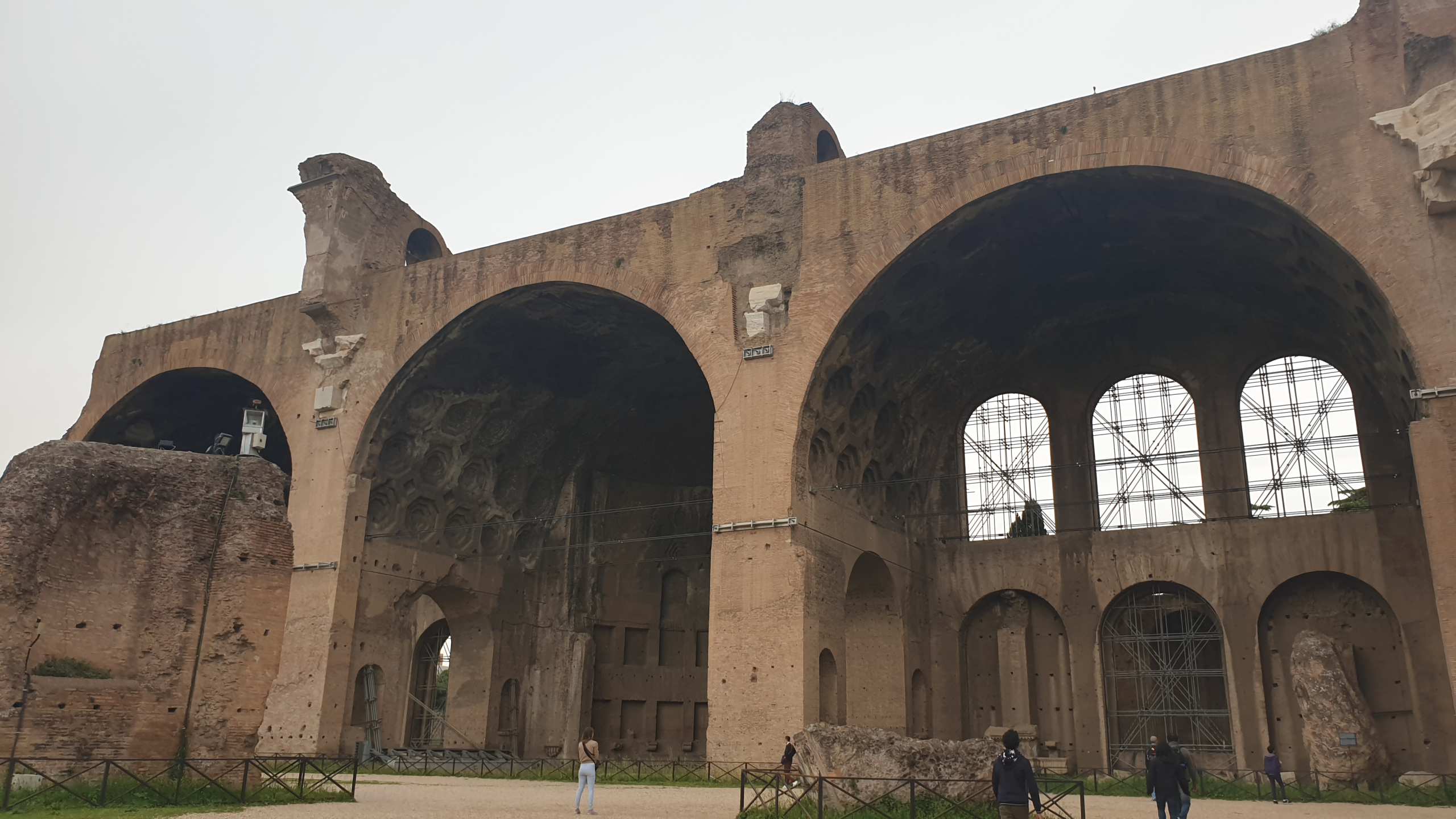
Standing at a majestic height of 35 meters and boasting an impressive area of approximately 5,600 square meters, the Basilica of Maxentius and Constantine was a monumental feat of engineering and design. Its vast interior space was divided into a central nave flanked by aisles, adorned with towering columns and opulent decorations that reflected the wealth and power of the Roman Empire. The basilica’s soaring vaulted ceilings and expansive windows bathed the interior in natural light, creating an atmosphere of grandeur and splendor that would have awe-inspiring to behold.
Uncovering History: The Significance of the Basilica
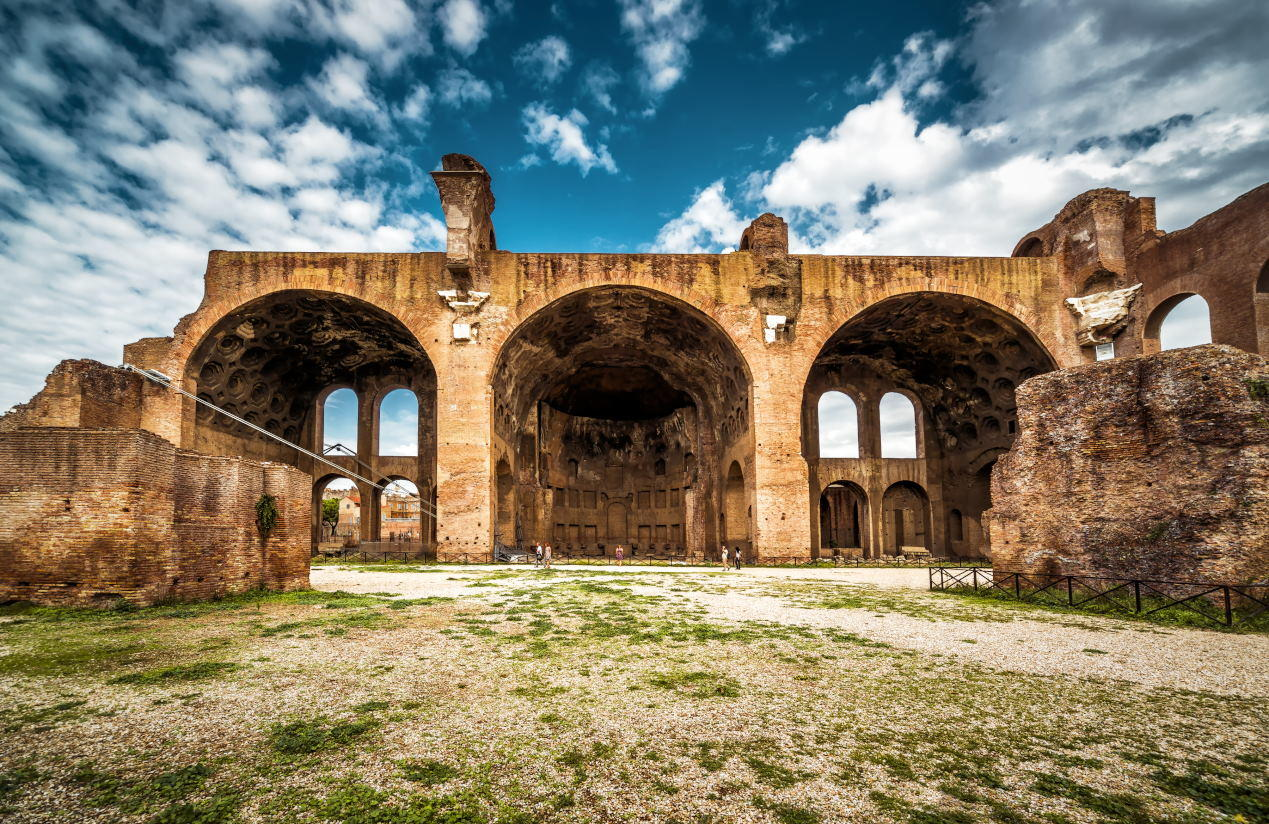
Throughout its storied history, the Basilica of Maxentius and Constantine played a pivotal role in the political, social, and legal affairs of ancient Rome. As the largest building in the Forum, it served as a hub for legal proceedings, commercial transactions, and public gatherings, embodying the ideals of Roman governance and civic life. Its construction also marked a significant shift in architectural style, with the innovative use of concrete and vaulted ceilings paving the way for future developments in Roman architecture. Despite its eventual decline and abandonment, the basilica remains a poignant reminder of Rome’s imperial past and enduring legacy.
Preserving the Past: Archeology and Cultural Heritage
As visitors and historians alike marvel at the remains of the Basilica of Maxentius and Constantine, it is essential to recognize the crucial role that archaeology plays in preserving and interpreting our cultural heritage. Through meticulous excavation, documentation, and conservation efforts, archaeologists ensure that the legacy of ancient Rome continues to be safeguarded for future generations. By studying the ruins of structures like the basilica, we gain valuable insights into the lives, beliefs, and achievements of our ancestors, enriching our understanding of the past and shaping our collective identity as a global community. As we continue to explore and uncover the mysteries of ancient Rome, let us remain committed to preserving and celebrating the rich tapestry of human history that lies beneath our feet.
